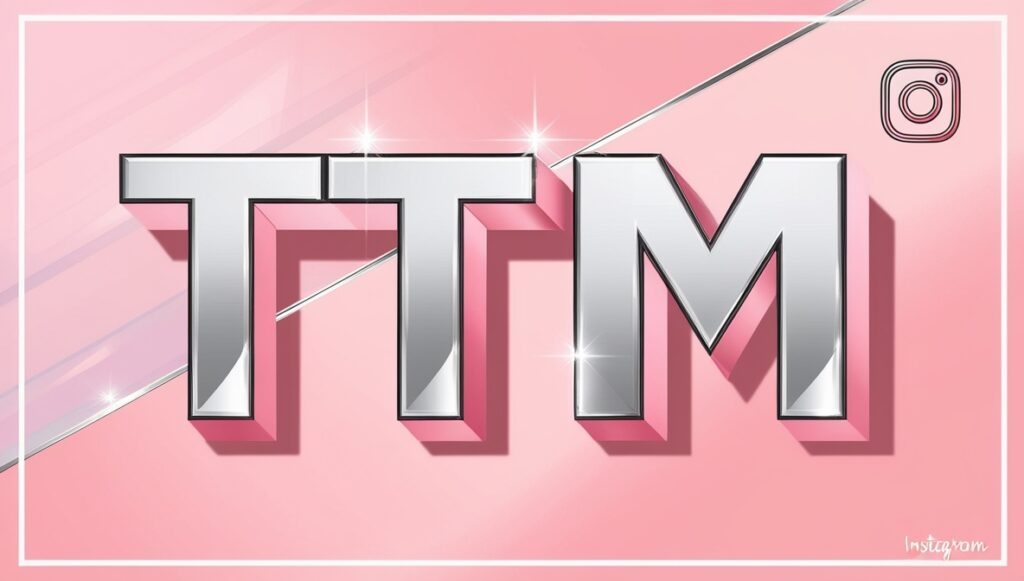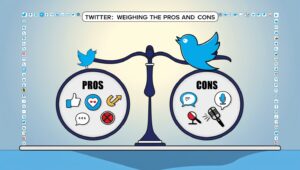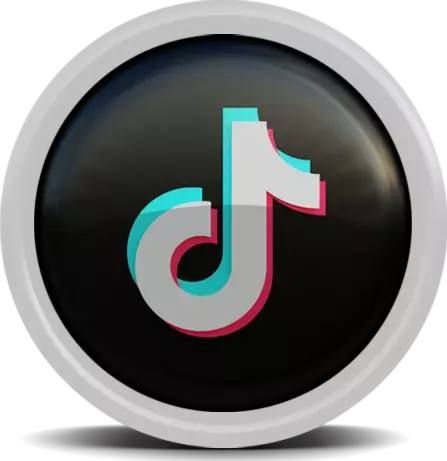Table of Contents
ToggleWhat Does TTM Mean on Instagram?
Hey there! Are you one of those browsing Instagram when suddenly you notice “TTM” in a comment or message? Perhaps a friend text you to say, “TTM me later!” Then you’re looking around and wondering “What on earth does that mean?”
Don’t worry it’s not all your fault! You’re within a good group if you’ve ever been confused by the ever-growing number of acronyms. Yes, me, I’ve experienced it. I can remember noticing “TTM” on a friend’s blog post. I thought it was code to join an obscure club I was not associated with. But I was wrong. It’s not that complicated.
So, let’s go through it step-by-step. At the end of this article, you’ll only be aware of what Does Meaning of TTM on IG specially, but you’ll also be able to make use of it competently! Take out your phone, as you may want to test this for yourself.
TTM History
The background of “TTM” (Talk To Me) is interwoven with the evolution of internet slang and digital communication. As with many other acronyms used nowadays, “TTM” has evolved through time and changed to the new social platforms, messaging applications and the evolving methods of interaction between people on the internet. Let’s delve deeper into its past to discover its origins and how it became part of our everyday online conversation.
What made TTM get popular?
- Effectiveness: “TTM” is short and sweet. The human tendency is to gravitate towards acronyms that helped typing speed up and more efficient.
- Neutrality: It’s simple but it’s not demanding. Instead of the formal “Talk to me,” which could be interpreted as a request, “TTM” is an invitation that doesn’t pressure the other party.
- The convenience: with the increase of text messaging using mobiles, in which typing was slow. Character limits were frequently an issue (like earlier SMS texts), “TTM” and other abbreviations made conversations easier and more efficient.
During this time, “TTM” was commonly employed to describe the following:
- Personal Messages: Users used “TTM” to invite friends to talk, no matter if they were depressed bored, grumpy, or wanting to have an informal chat.
- Status Updates, Away Messages On platforms such as AIM or MSN Messenger users could create status updates and away messages. “TTM if you’re around” was a well-liked way to let people know that a person was online and ready to chat without being too in any way.
A RELATED TOPIC: Snapchat Name Font | How to Customize Your Snapchat Display
The Evolution of TTM in Online Culture
“TTM” is an acronym which likely came into existence in the first decade of 2000 when texting shorthand and the internet began to be widely used. This was during the age of messaging apps such as AIM (AOL Instant Messenger), MSN Messenger, and the growth in phone text messages. In the past, limitations on characters and slower speeds for typing pushed people to cut down on their words whenever feasible.
“TTM” is one of these shortcuts, which reduces an everyday expression such as “Talk To Me” into only three letters. Its goal was simple: to start or encourage conversation fast. What is the purpose of “TTM” specifically? Here’s how it works:
- Convenience and Brevity It’s a simple three-letter word that makes an immediate request–“Talk to Me”–without needing enough typing. Like other acronyms that are popular such as “BRB” (Be Right Back) or “LOL” (Laugh Out Loud) It’s a good fit into casual chats.
- Engaging People: “TTM” carries a feel of warmth and friendliness and that’s why it became popular. This is not quite as official like “Please talk to me” or as direct like “Message me now.” Instead, inviting people to begin an exchange is a non-threatening way.
The Role of TTM on Early Social Platforms
In the beginning of social media, acronyms such as “TTM” became a part of the everyday online language. Websites such as MySpace and the early Facebook enabled wall posts, status updates, and abbreviations such as “TTM” helped make these platforms more interactive.
In these social media platforms, people could make status updates, which would say things such as:
- “Bored… TTM if you’re around!”
- “Feeling down today… TTM if you want to talk.”
The short sentences became an opportunity to show users they were accessible and willing to engage in conversation. They didn’t wish to create an extensive post but wanted to convey the need for emotional support.
Transition to Mobile Messaging Apps
The internet shifted away from computers to smartphones and applications like WhatsApp, BBM (BlackBerry Messenger) and Kik became popular. obtain recognition, “TTM” and similar abbreviations grew in popularity. The public began together these abbreviations for chat rooms or direct messages as well as private conversations. In these instances, rapid informal conversations were commonplace.
In reality the messaging apps contributed to the growth of slang as they facilitated constant, fast exchanges. Using “TTM” instead of “Talk to me” reduced time and energy, making it an obvious choice for these instant back-and-forth conversations.
TTM IG meaning explained?
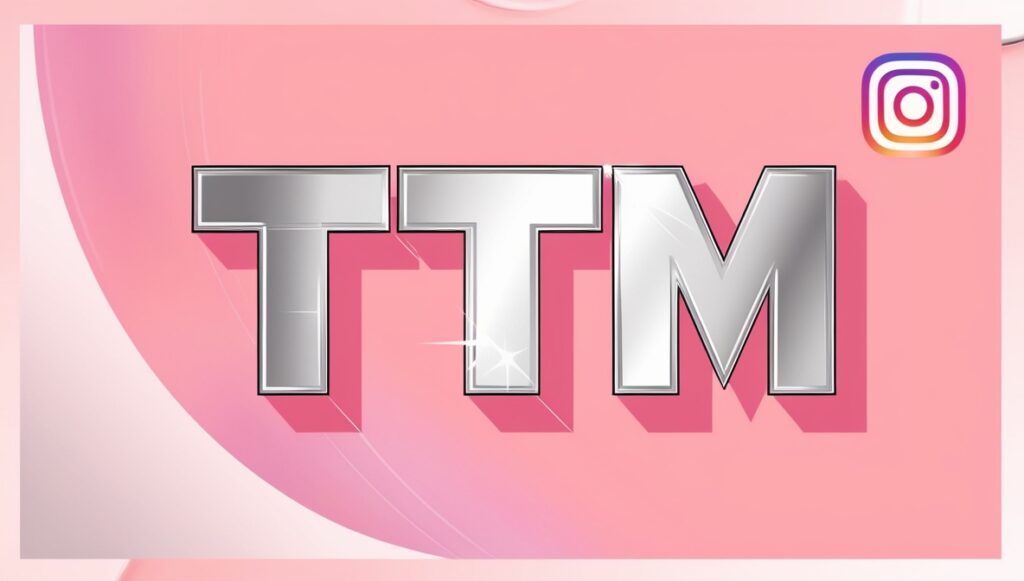
Let’s get started with the fundamentals. “TTM” stands for “Talk To Me.” It’s simple you think? However, don’t get fooled by its simple meaning. This tiny acronym can be a lot more based upon the situation.
Imagine you shared a photo of your recent trip, maybe a day at the beach or a trip to the coffee shop. You get a reply from someone who says, “TTM about it!” It’s as if your friend tells you, “Hey, I want to know more! Let’s talk over it.”
“TTM” is a way to encourage conversation, which makes it ideal for social media platforms where fast interactions are essential. But wait! There’s more!
How I First Came Across TTM
Here’s a fun story. My first experience when I heard “TTM” was in a message from an old friend. We hadn’t spoken in a long time and, in the blink of an eye I receive an DM (Direct Message) telling me, “Miss you! TTM shortly.”
The first time I saw her, I was confused. Was she referring to “TTYL” (Talk To You Later)? Maybe it was an error? I could not determine the cause. I even looked it up on Google! Then, I replied by saying, “Sure, will do!” When we discussed it, she explained it was “Talk To Me.” This was when I realized I was missing out on these new terms in slang!
Different TTM meaning social media Instagram
Even though “Talk To Me” is the most popular definition of TTM meaning in IG DMs, “TTM” can also reference other things. Here’s a quick breakdown:
- “Talk To Me”: Conversations are used to ask someone to speak or share more information.
- “Text To Me”: Sometimes, people employ it to mean texting, such as, “Send me a text.”
- “Too Too Much”: It is a less well-known term of the word “too much,” which is often used to describe the feeling of being overwhelmed by something such as, “This drama is TTM!”
Do you see how versatile it can be? However, most of the time when you spot, What is TTM on Instagram, it’s probably just an invitation to talk. Let’s discuss the ways to use it.
How to Use TTM in Conversations
How can you use it once you’ve figured out what “TTM” means? Let’s take a look:
- In the comments: Comment on when your friend posted a post of their life. You can comment, “Looks fun! TTM with all the details.”
- For Direct Messages (DMs) When someone messages you however unavailable and you want to respond, “I’m swamped right now, TTM later.”
- The Captions in the captions: Let’s suppose you want to encourage people to engage with your blog post. You could say “What is your opinion? TTM in the next paragraph!”
When with “TTM,” you’re encouraging interaction but without being too formal. It’s casual, relaxed, and is perfect for social media.
Why use TTM?
Great question! There are a variety of reasons people make use of “TTM” (Talk To Me) for their digital interactions.
Inviting Engagement and Conversations
Showing Openness and Availability
Saving Time and attempt
Signaling Internet and Texting Fluency
Versatile Use Across Platforms
Creating a Sense of Community
Offering an Open-Ended Conversation Starter
Easy to Remember and Recognize
When NOT to Use TTM?
While “TTM” is a great acronym for Instagram but this is not appropriate for every scenario. Here are a few scenarios where you may prefer not to use it:
- In competent settings: In well-qualified settings: with Instagram to promote your business or network, with too many casual terms could be considered unprofessional.
- If the meaning is unclear When the person you’re talking with isn’t well-versed in social media lingo, with “TTM” could be confusing for them.
- In serious conversations: If you’re talking about something that is serious or emotional and they’re sharing something emotional, simply saying “TTM” might come off as dismissive.
Be aware of the situation prior to adding acronyms or slang.
The Impact of Social Media Slang
It is possible to ask, “Does it really matter if I know what ‘TTM’ means?” The answer is yes! Knowing the slang used in social media can help you better communicate on the internet. It could even boost the relationships you build with your followers, making you appear more likable and accessible.
For instance, if your friend or relative utilizes “TTM” and you reply in reply by saying “Sure, TTM soon!” They’re likely to be amazed with the fact that you’re a pro.
Creative Ways to Use TTM on Instagram
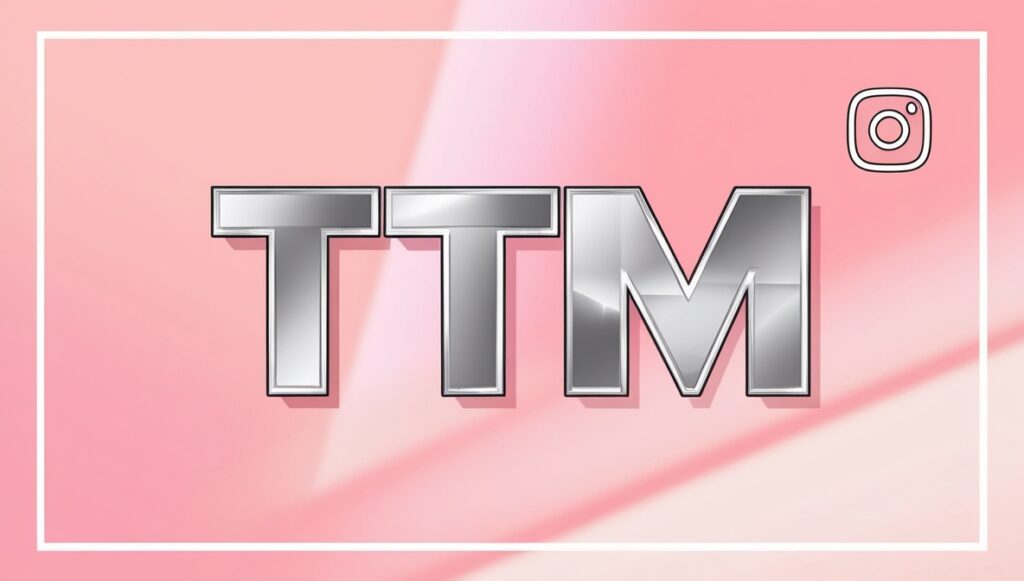
You’re aware that “TTM” means “Talk To Me,” but how do you integrate it into your social media interaction? You can do more than adding it to the comments section or DMs. Let’s explore the specific ways you will add a bit of glamour on Instagram presence.
As a Hashtag
In Instagram Stories
In Instagram Captions
In Comments on Other People’s Posts
In DMs to Reconnect
How TTM Enhances Your Online Presence

Why is this important? because together “TTM” strategically can improve your web presence. It lets you appear as likable, friendly and enthusiastic. Here’s how:
You’ll See More Engagement It is more probable for people to leave comments or respond if you encourage them to participate. “TTM” acts as a call to action that entices people to express their opinions.
It’s a great way to build relationships. If you’re using “TTM,” you’re not only sharing material but also creating connections. If it’s about catching up with old acquaintances or creating acquaintances, this tiny word can result in more meaningful interactions.
You’ll Be Different: Not everyone is able to utilize “TTM” efficaciously. If you master this skill, you’ll be able to set yourself apart as a person who’s knowledgeable and familiar with the lingo of social media.
creases your reach and lets people know you’re eager to talk with people or receive more comments.
Examples of Using TTM in Real Life Scenarios
Reconnect with an old Friendship
Checking In on Someone
Sharing an Inside Joke
Encouraging Engagement in a Group Chat
Creative Ways to Use TTM for Engagement
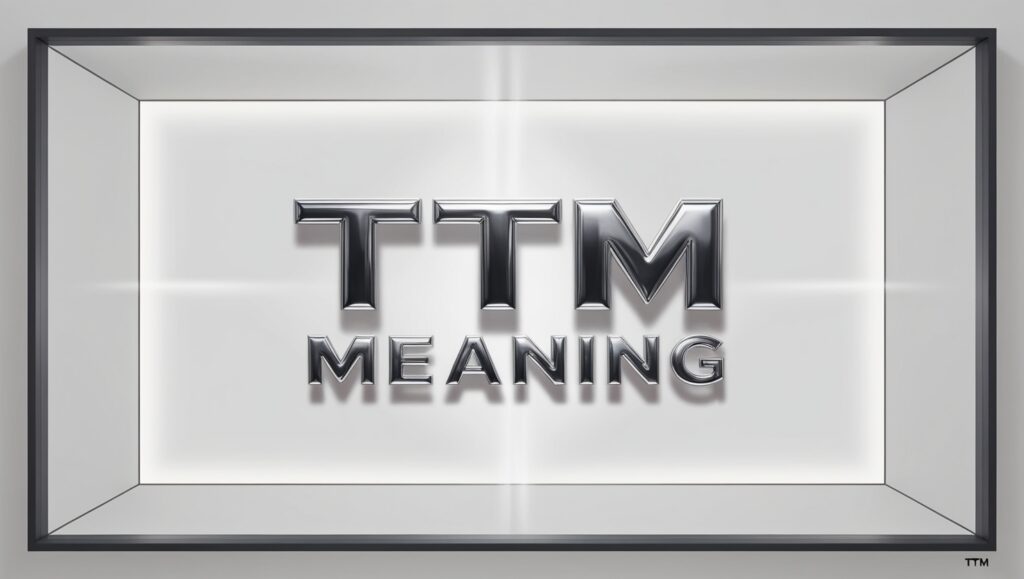
HERE are some ways:
For Fun Polls or Questions
For Personal Recommendations
Asking for Feedback
Misinterpretation Scenarios and How to Handle Them
Sometimes, people can interpret incorrectly “TTM” if they’re not familiar with the term. Here’s how to handle such circumstances with ease:
They Think It’s a Typo
You can use “TTM” in a comment and someone replies, “Did you mean ‘TTYL’?” You are able to reply with:
“Oh no, I meant ‘Talk To Me!’ It’s a way of saying let’s chat.”
This helps to clear any doubts and could even teach people something fresh.
Common Mistakes When Using TTM
Let’s look at some common mistakes that people make when together “TTM.” After all you don’t want to make a mistake and mislead your audience. There are a few traps to avoid:
- Inappropriate Use: As with other acronyms, excessive use of “TTM” can make your posts seem forced or repetitive. Incorporate it where it is appropriate but be careful not to go overboard.
- Use it in the wrong context When you’re in a serious conversation or the person you’re talking to isn’t comfortable with the language, together “TTM” might appear unprofessional or confusing. Be aware of who you’re speaking to and the tone of conversation.
- Misunderstanding The Meaning Do not forget that TTM Meaning on Instagram is mainly about engaging people in conversations. Utilizing it in a manner that isn’t in line with its intended intent can cause your message to be confusing.
Conclusion:
You ought to be confident with “TTM Mean”. You’re familiar with what it is how to use it, when you should and when it’s perfect to leave it out. If you come across it on Instagram and you’ll be able to respond with confidence.
What is the time to wait? Use “TTM” in your next message or comment. Check out how your friends respond. It could be the key to opening the door to many more exciting discussions!

